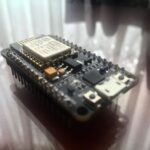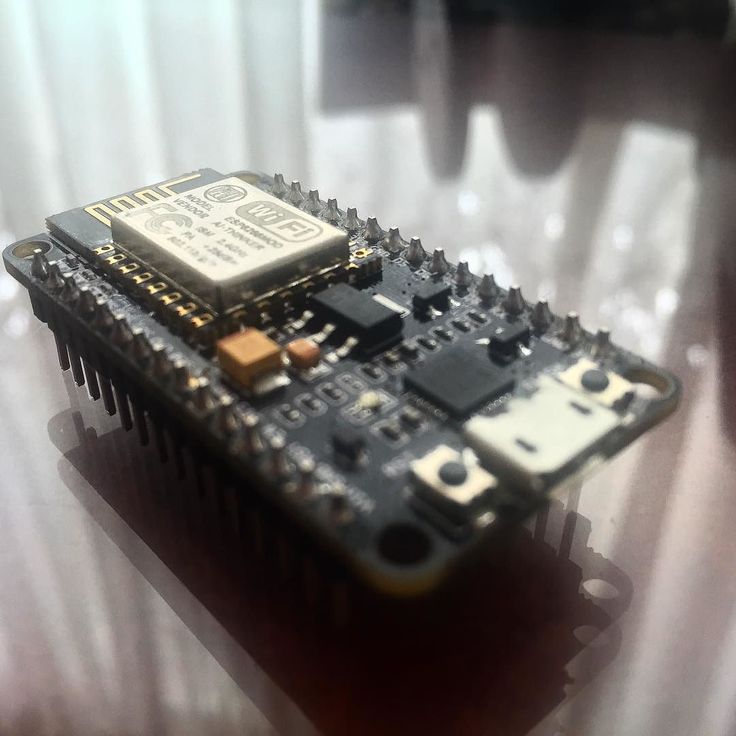Data mining concept which is gaining a wide range of popularity. Even though it is an interdisciplinary subject of computer science, it has a great role in maintaining the integrity of an industry, specially a fully automated and functioning industry where the reliability and integrity is the two factors you cannot compromise. The underlining concept remains same everywhere. Understanding the behavioral patterns, rate of incidents, classification, regression, recurrence and piloting them into a multi-dimensional meaning full information. Using that particular information in an efficient way, so that you could conserve a huge amount resources. This is mainly applicable for really complex system. Especially in instrumentation and control, process plants, production units. At the same time it will not make much difference to small industrial systems.
The above concept may seem to be real big science fiction for those are not really into the large scale industries. The basics of data mining is nothing but collection data from the previous experiences, day to day routines, measurements, observations. As a system always has got a function and it can expressed over a mathematical expression, the system will also have a behavioral pattern too. Nobody can tell you this is the behavior of your system. Even the design engineering also cannot predict the exact behavior of a system. It has to be learned by continues monitoring over a time period and experiences. Even the change in the components, auxiliaries, or even the ambient condition can affect the behavior of a system. Using the proper monitoring tools and documentation you can study the behavioral patterns. This simply an example for data mining.
Once you do your data mining properly, you can predict the future outcomes and can optimize the resources to gain maximum efficiency and prolong the life of that system depending upon your situations. Which is nothing but indirectly reducing cost to a huge extend.
We carry out mainly 4 types of maintenance strategy in our daily routines of a maintenance engineer.
- Corrective maintenance (anomaly)
- Preventive maintenance (routine)
- Risk based maintenance
- Condition based monitoring & maintenance
Now question is where do you find the data mining concept can be applied effectively?
1. Application of Data mining in corrective maintenance.
Corrective maintenance is the maintenance is carried out following detection of an anomaly and aimed at restoring normal operating conditions. This approach is based on the firm belief that the costs sustained for downtime and repair in case of fault are lower than the investment required for a maintenance program. This strategy may be cost-effective until catastrophic faults occur. This could be probably categorized into a management strategy rather than an engineering strategy.
Here we are dealing with a certainty of answers and there is no vague information what has to be done. So the concept of data mining has very limited role in this application. Remember market research and previous experience is also a type of data mining and it can be effectively used in corrective maintenance.
For an example: If you find a particular component is failed and this caused you to go for a corrective maintenance of a system. Will you blindly replaced the faulty one with something equivalent from the market or would you rather choose to go for a root cause analysis? If your option is root cause analysis, you probably want to eliminate another investment on the same corrective maintenance. Then you have to dig deep and get all data and put together and see why it happened and how it can be prevented from happening in future.
2. Application of Data mining in preventive maintenance
This is the part I would like to emphasis the importance of data mining. Maintenance carried out at predetermined intervals or according to prescribed criteria, aimed at reducing the failure risk or performance degradation of the equipment. This is the one area which we have personally experienced and accomplished a lot of improvement. Doing this effectively can reduce your downtime and improve efficiency to a great extent.
In instrumentation, there are certain components which has got a life span apart from the fact of wear and tear, especially in sensitive equipment. From my personal experience I have gone through scenarios where sensitive components like electrolytic capacitors of power supply units, membrane sensors used in quality measurement devices, filament based source components failing eventually after a period of time. This is something that is inevitable. At the same time I have seen a certain batch of electronic components from the same production line failing after a period of time. These failures were like totally unpredictable and it caused a certain amount of downtime. Considering the situation where you have N number of installed component in your complex system, you are forced for a downtime due to these failures. Imagine, you have to shut down your units just because of a small electronic component failure. We had to prevent such incidents.
By effectively doing a data mining, and correlating the results we were able to update our preventive maintenance strategy and put into effect immediately. Replacing the smaller components with higher failure probability. We even has to replace a certain component of entire batch with new version. With a small investment we were practically reduce the unpredictable down time by 87% compared to the previous year. This seems to be practical improvement.
3. Application of Data mining in Risk Based Maintenance.
Maintenance carried out by integrating analysis, measurement and periodic test activities to standard preventive maintenance. This is another way of preventive maintenance but not exactly the same and completely depending upon Data.
The gathered information is viewed in the context of the environmental, operation and process condition of the equipment in the system. The aim is to perform the asset condition and risk assessment and define the appropriate maintenance program.
4. Application of Data mining in Risk Based Maintenance.
In this type of maintenance, the data mining is much more effectively used in the assessment of physical parameters and conditions rather than other factors. This require continues monitoring and the prediction of failure can be effectively calculated in larger machines or equipment. This strategy will benefit only in long term. You can physically see the trends and patterns changing over a long period of time. This monitored parameters will let you know when you can plan for a shutdown and effectively plan.
This data mining process which require every single information properly documented and available for analysis. You will require a proper tool to pull out these huge amount of data and interpret into a meaningful information. Putting all the information effectively in to maintenance Engineering can reduce cost and downtime, improving reliability and integrity for your system.









